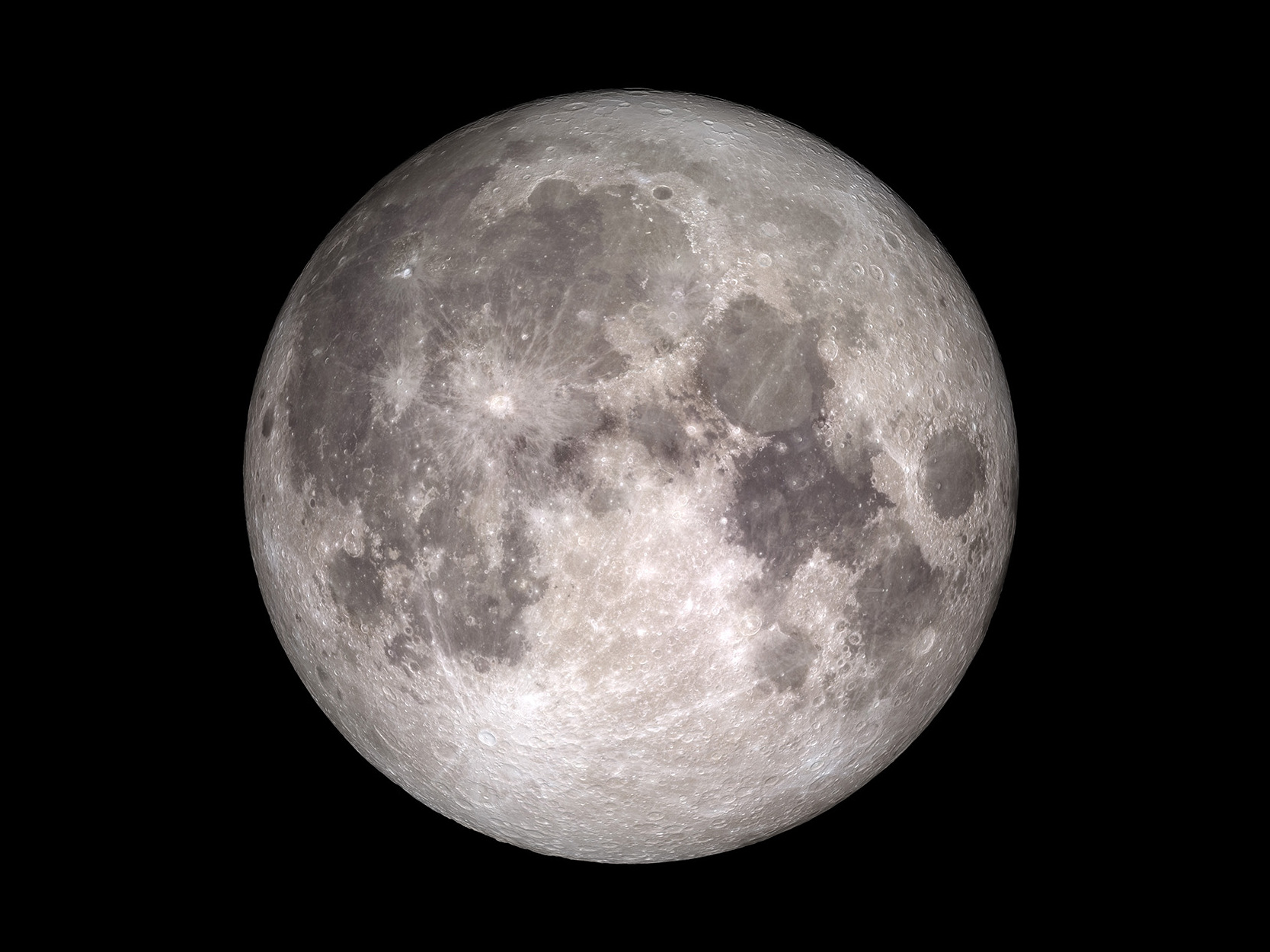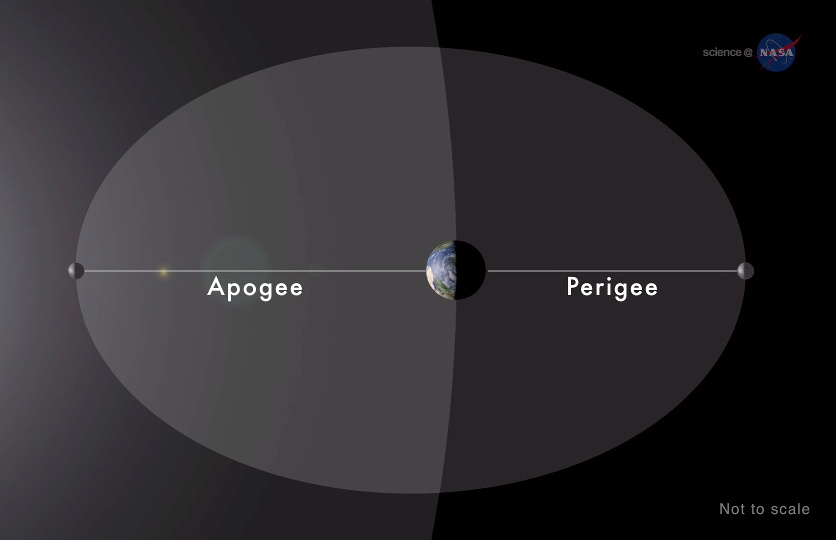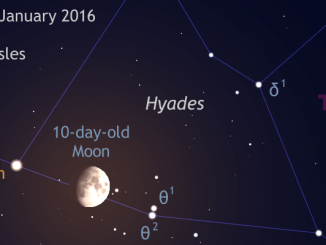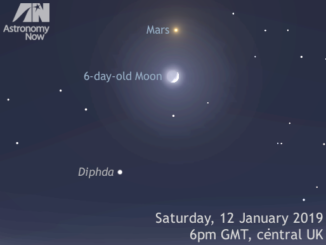
The Moon is closest to the Earth at 11:23 UT (11:23am GMT) on 14 November 2016 when the distance between the centres of our two worlds will be 221,525 miles (356,510 kilometres). Full Moon occurs at 13:52 UT (1:52pm GMT), so observers in the British Isles looking for the perfect astrophoto opportunity should find an unobstructed east-northeast horizon to witness moonrise in bright twilight at 4:46pm GMT as seen from the heart of the UK (4:34pm in Norwich; 4:43pm in London; 4:42pm in Edinburgh).
If you’re not an early riser in the US, no worries. “I’ve been telling people to go out at night on either Sunday or Monday night to see the supermoon,” said Noah Petro, deputy project scientist for NASA’s Lunar Reconnaissance Orbiter (LRO) mission. “The difference in distance from one night to the next will be very subtle, so if it’s cloudy on Sunday, go out on Monday. Any time after sunset should be fine. Since the Moon is full, it’ll rise at nearly the same time as sunset, so I’d suggest that you head outside after sunset, or once it’s dark and the Moon is a bit higher in the sky. You don’t have to stay up all night to see it, unless you really want to!”
For Australasian astronomers, the full Moon of 12:52am ACT on 15 November in the Australian capital (which is 2:52am NZDT in New Zealand) occurs 2½ hours after the Moon reaches this nearest perigee of the year. So, if you gaze at the Moon in the north-northwest when it is full shortly before 3am local time in New Zealand on 15 November, note that it will be 33.8 arcminutes in diameter.
This is actually the second of three supermoons in a row, so if the clouds don’t cooperate for you this weekend, you will have another chance next month to see the last supermoon of 2016 on Wednesday 14 December.



